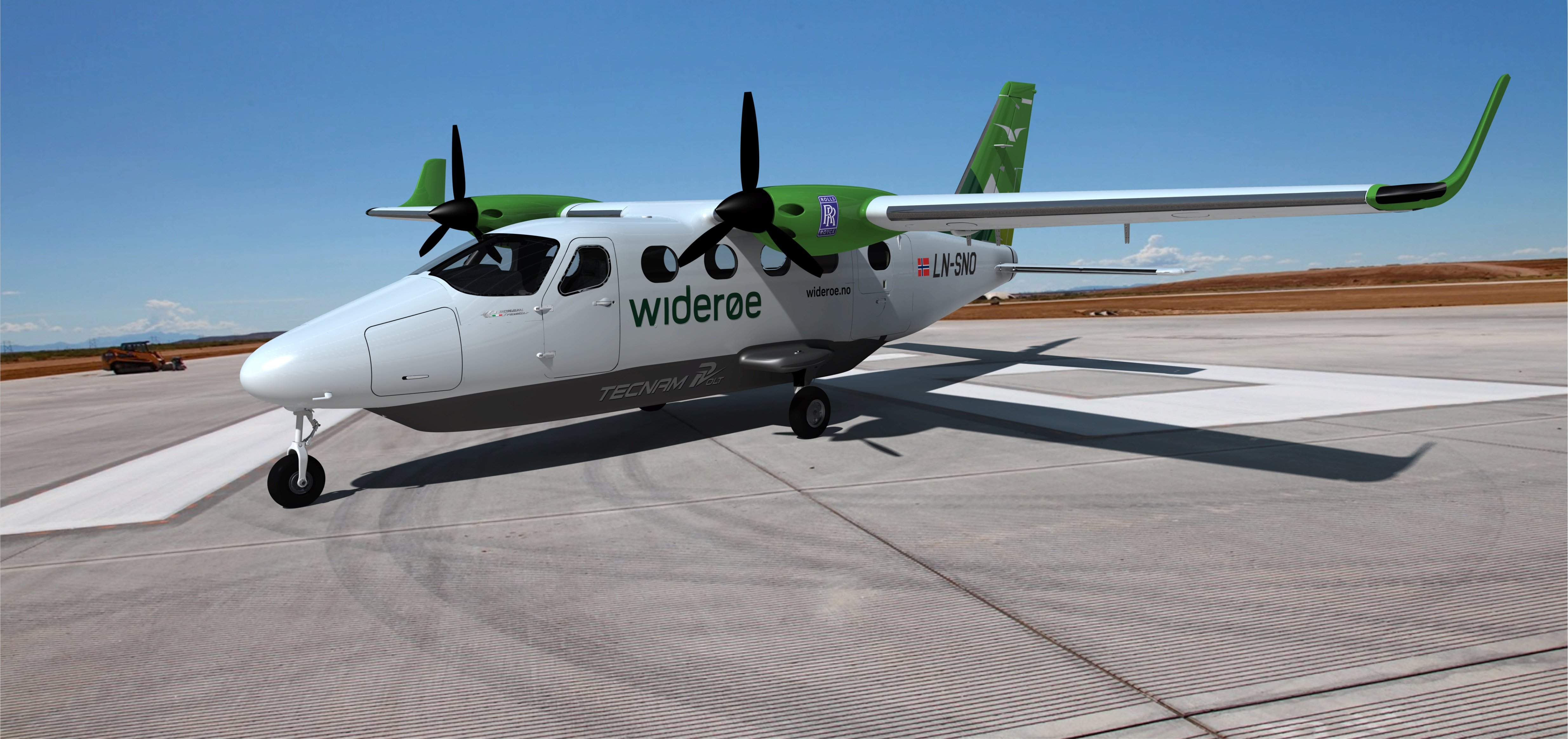Tecnam has abandoned plans to develop the P-Volt all-electric commuter aircraft after concluding with its partner, Rolls-Royce, that battery technology is insufficient to support a commercially viable product. In a June 13 statement, the Italian airframer said it will continue to explore emerging technologies but will discontinue work on an electric-powered version of its nine-passenger P2012 Traveller twin-piston model.
After three years of research and development work, Tecnam said that currently available batteries would not be viable for operators due mainly to the need to frequently replace them. “The proliferation of aircraft with 'new' batteries would lead to unrealistic mission profiles that would quickly degrade after a few weeks of operation, making the all-electric passenger aircraft a mere 'green transition flagship’ rather than a real player in the decarbonization of aviation,” said the Tecnam statement. “Taking into account the most optimistic projections of slow charge cycles and the possible limitation of the maximum charge level per cycle, the real storage capacity would fall below 170 Wh/kg and only a few hundred flights would drive operators to replace the entire storage unit, with a dramatic increase in direct operating costs due to the reserves for battery replacement prices.”
Rolls-Royce Electrical has been developing a propulsion system for the P-Volt and has also contributed to work to convert Tecnam’s four-seat P2010 aircraft to use the H3PS1 hybrid-electric powertrain jointly developed with Rotax. In March 2021 Scandinavian regional airline Widerøe signaled its intention to be the launch customer for the P-Volt with the expectation that it could add the aircraft to its fleet in 2026.
Hybrid-electric Powertrain for Regional Airlines Is Now Rolls-Royce's Priority
Rolls-Royce said it will prioritize its work to advance hybrid-electric propulsion systems for airliners by developing a turbogenerator that can run on sustainable aviation fuel. At the same time, it will produce battery electric propulsion systems for smaller eVTOL aircraft, such as the VX4 being developed by the UK's Vertical Aerospace.
Acknowledging “significant market interest” in sustainable electric aviation, a statement from Rolls-Royce indicated that its work with Tecnam had revealed the limitations of battery-electric technology. “While the initial range is sufficient for key applications, energy storage lifecycle performance results in business cases which do not lend themselves to broad market applications,” the company concluded, adding, “Evolution of cell technology will continue to shift the boundaries and improve the field of viability for all battery commuter platforms. Rolls-Royce product development for commuter propulsion systems is continuing to power both these and hybrid-electric systems.”
Tecnam’s chief research and development officer, Fabio Russo, indicated that the company does not want to join what he characterized as a race to introduce all-electric aircraft to the market by 2026. “It has always been our culture to commit to achievable goals with customers and operators, and we intend to keep that promise,” he commented. “We hope that new technologies will make the business viable sooner rather than later, and we have real confidence in our partners’ ability to bring highly valuable products to the zero-emission powertrain and energy storage arena.”
